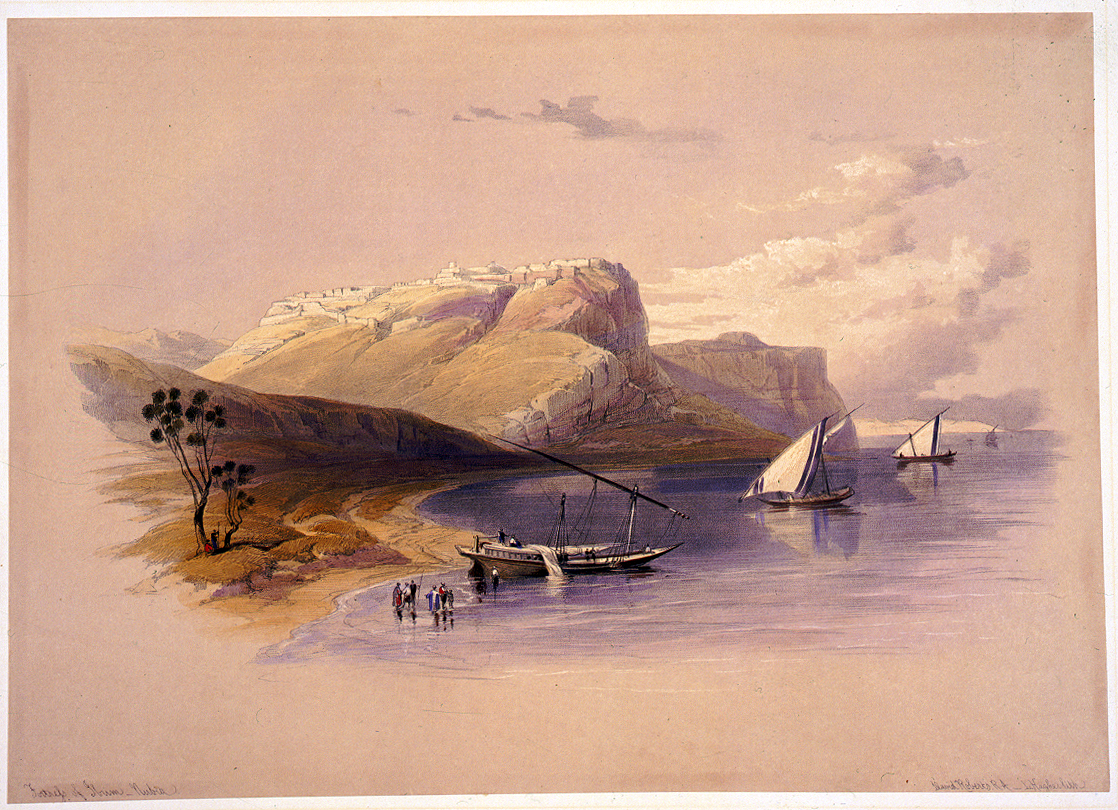|
Aburni
Aburni was a king of Nobatia, who ruled around 450 AD as the successor of Silko. Aburni is known from a letter that was found at Qasr Ibrim. The letter was written in bad Greek directed by the king of the Blemmyes, Phonen, and his son, the phylarch Breytek, to Aburni Nakase and his sons, and Mouses. This is the answer to a lost letter. In the letter, Phonen makes it clear that he is an enemy of the Nobadians and mentions various conflicts that he had with Silko and his successor Aburni. Phonen reports that animals were exchanged for land, whereupon Silko killed the Blemmyrian phylarch Yeny and kidnapped numerous priests. It remains unclear whether Phonen got his land back. However, Phonen is the last recorded ruler of the Blemmyrians and one may assume that Aburni managed to destroy them and take over their empire. Literature * * * * {{refend Kings of Kush ... [...More Info...] [...Related Items...] OR: [Wikipedia] [Google] [Baidu] |
Phonen
Phonen was king of Blemmyes, known from a letter which was found in Qasr Ibrim, Lower Nubia, in 1976. The papyrus letter comes perhaps from some royal archive and dates the rule of Phonen to around 450 AD. The letter had been written in bad Greek by Phonen and his son, phylarch Breytek, and was addressed to Aburni, king of Nobatia. This letter represents the answer to another letter which has been lost. It expresses the hostility between the Blemmyes and Nobatian rulers Aburni and Silko; various conflicts between them are listed in the letter. In addition, Phonen mentions negotiations between both kingdoms on regaining lost territories of Blemmyes. It is not clear if Phonen was able to reconquer disputed territory. Phonen is perhaps identical to a ''phylarch'' known from an inscription from Kalabsha New Kalabsha is a promontory located near Aswan in Egypt. Created during the International Campaign to Save the Monuments of Nubia, it houses several important temples, structur ... [...More Info...] [...Related Items...] OR: [Wikipedia] [Google] [Baidu] |
Silko Of Nobadia
Silko () was ruler of the Nubian kingdom of Nobatia. He is known for uniting Nobatia and being the first Nubian king to adopt Christianity. During Silko's reign Nobatia successfully defeated the Blemmyes to the North, and an inscription by Silko at the Temple of Kalabsha claims to have driven the Blemmyes into the Eastern Desert. The inscription on the temple was made in Greek suggesting that he was influenced by Byzantine culture The Byzantine Empire, also known as the Eastern Roman Empire, was the continuation of the Roman Empire centred on Constantinople during late antiquity and the Middle Ages. Having survived the events that caused the fall of the Western Roman E .... He established Pakhoras (modern ''Faras'') as the Capital of the Kingdom. Nobatia officially converted to Coptic Orthodox Christianity under his reign. References 6th-century monarchs in Africa Nubian monarchs {{Africa-royal-stub ... [...More Info...] [...Related Items...] OR: [Wikipedia] [Google] [Baidu] |
Nobatia
Nobatia or Nobadia (; Greek: Νοβαδία, ''Nobadia''; Old Nubian: ⲙⲓⲅⲛ̅ ''Migin'' or ⲙⲓⲅⲓⲧⲛ︦ ⲅⲟⲩⲗ, ''Migitin Goul'' lit. "''of Nobadia's land''") was a late antique kingdom in Lower Nubia. Together with the two other Nubian kingdoms, Makuria and Alodia, it succeeded the kingdom of Kush. After its establishment in around 400, Nobadia gradually expanded by defeating the Blemmyes in the north and incorporating the territory between the second and third Nile cataract in the south. In 543, it converted to Coptic Christianity. It would then be annexed by Makuria, under unknown circumstances, during the 7th century. History The kingdom of Nobatia had been founded in the former Meroitic province of ''Akine'', which comprised large parts of Lower Nubia and is speculated to have been autonomous already before the ultimate fall of the Kingdom of Kush in the mid 4th century. While the Nobatae had been invited into the region from the Western Des ... [...More Info...] [...Related Items...] OR: [Wikipedia] [Google] [Baidu] |
Qasr Ibrim
Qasr Ibrim (; Meroitic: ''Pedeme''; Old Nubian: ''Silimi''; Coptic: ⲡⲣⲓⲙ ''Prim''; Latin: ''Primis'') is an archaeological site in Lower Nubia, located in the modern country of Egypt. The site has a long history of occupation, ranging from as early as the eighth century BC to AD 1813, and was an economic, political, and religious center. Originally it was a major city perched on a cliff above the Nile, but the flooding of Lake Nasser after the construction of the Aswan High Dam – with the related International Campaign to Save the Monuments of Nubia – transformed it into an island and flooded its outskirts. Qasr Ibrim is the only major archaeological site in Lower Nubia to have survived the Aswan Dam floods. Both prior to and after the floods, it has remained a major site for archaeological investigations. History Pre-history and ancient era Human habitation at the site dates from the Late Period of ancient Egypt, but it reached its greatest prominence in the Middl ... [...More Info...] [...Related Items...] OR: [Wikipedia] [Google] [Baidu] |

